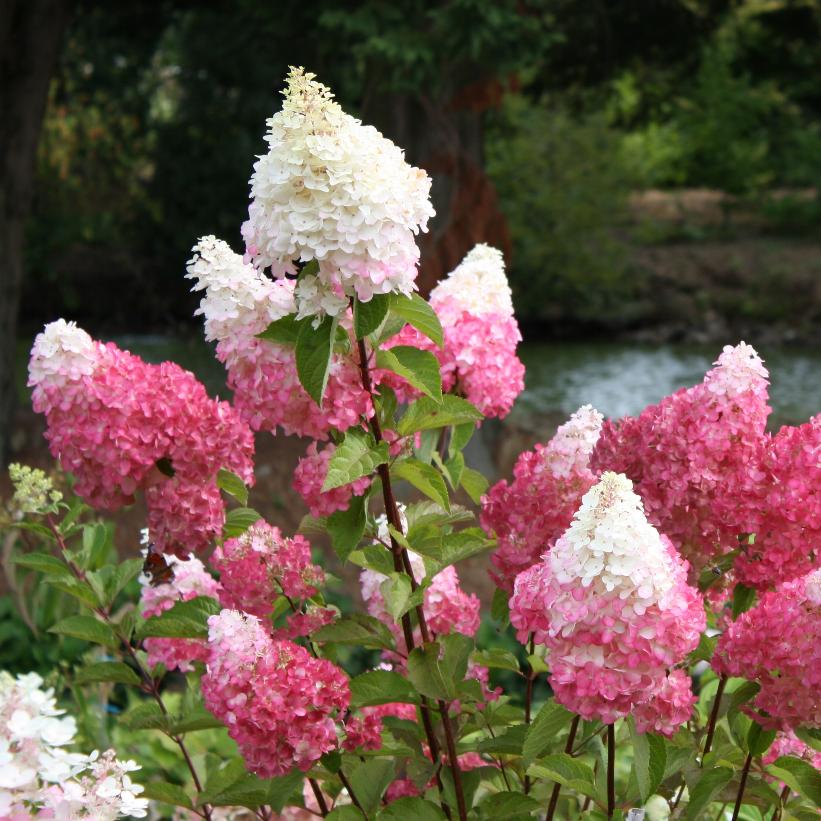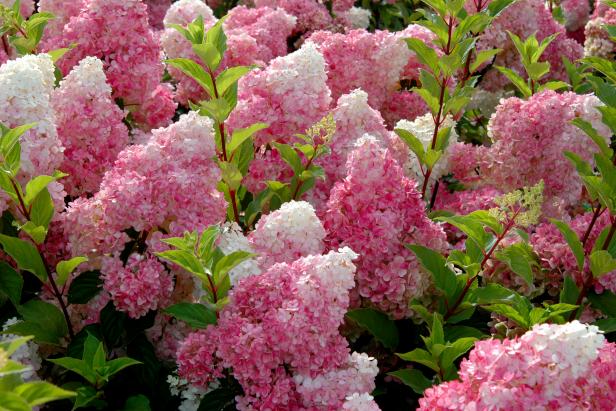How To Grow Hydrangea Paniculata Renhy The Showstopper Shrub
Introduction
Hydrangea paniculata Renhy is a beautiful and versatile shrub that is sure to add a touch of elegance to your garden. It is known for its large, panicle-shaped flowers that can be white, pink, or red, depending on the variety. Hydrangea paniculata Renhy is also a relatively easy plant to grow, making it a great choice for both experienced and beginner gardeners.
In this blog post, we will discuss the basics of growing Hydrangea paniculata Renhy, including:
- Choosing the right location
- Preparing the soil
- Planting the shrub
- Watering and fertilizing
- Pruning
- Pests and diseases
Main Content
Choosing the right location
Hydrangea paniculata Renhy prefers full sun to partial shade. However, it can tolerate some light shade, especially in hot climates. The shrub also needs well-drained soil. If your soil is heavy clay, you will need to amend it with sand or compost to improve drainage.
Preparing the soil
Before planting Hydrangea paniculata Renhy, you will need to prepare the soil. The soil should be loose and friable, with a pH of 6.0 to 7.0. You can amend the soil with compost or manure to improve drainage and fertility.
Planting the shrub
Hydrangea paniculata Renhy should be planted in the spring or fall. When planting, dig a hole that is twice as wide and as deep as the rootball of the shrub. Backfill the hole with the amended soil, and water the shrub thoroughly.
Watering and fertilizing
Hydrangea paniculata Renhy needs regular watering, especially during the first year after planting. Once the shrub is established, you can water it less frequently. The shrub also benefits from annual fertilization. You can use a balanced fertilizer, such as 10-10-10, in the spring and fall.
Pruning
Hydrangea paniculata Renhy does not need to be pruned heavily. However, you should remove any dead, diseased, or damaged branches in the spring. You can also prune the shrub to shape it or to control its size.
Pests and diseases
Hydrangea paniculata Renhy is relatively resistant to pests and diseases. However, it can be susceptible to aphids, scale, and powdery mildew. If you notice any pests or diseases, you can treat them with insecticidal soap or neem oil.
Conclusion
Hydrangea paniculata Renhy is a beautiful and versatile shrub that is sure to add a touch of elegance to your garden. It is relatively easy to grow, making it a great choice for both experienced and beginner gardeners. With proper care, Hydrangea paniculata Renhy will thrive for many years to come.
Hydrangea paniculata renhy is a beautiful and versatile shrub that is native to China and Japan. It is known for its large, panicle-shaped flowers that can range in color from white to pink to blue. Hydrangea paniculata renhy is a relatively easy plant to grow, and it is tolerant of a variety of soil conditions. It is also relatively pest- and disease-resistant.
If you are looking for a beautiful and easy-care shrub for your garden, hydrangea paniculata renhy is a great option. For more information about this plant, I recommend visiting . This website has a wealth of information about hydrangea paniculata renhy, including its history, care requirements, and pest and disease control.
FAQ of hydrangea paniculata renhy
Q: What is Hydrangea paniculata Renhy?
A: Hydrangea paniculata Renhy is a cultivar of Hydrangea paniculata, a species of flowering shrub native to East Asia. It is known for its large, cone-shaped panicles of white flowers that bloom in summer. The flowers of Hydrangea paniculata Renhy are fragrant and attract butterflies and other pollinators.
Q: What are the care requirements for Hydrangea paniculata Renhy?
A: Hydrangea paniculata Renhy is a relatively easy-care plant. It prefers full sun to partial shade and moist, well-drained soil. It is drought-tolerant once established, but it will benefit from regular watering during the summer months. Hydrangea paniculata Renhy is hardy in USDA zones 4-9.
Q: How do I propagate Hydrangea paniculata Renhy?
A: Hydrangea paniculata Renhy can be propagated by division, cuttings, or layering. Division is the most common method. To divide a Hydrangea paniculata Renhy, carefully dig up the plant and divide it into two or more sections. Each section should have at least a few roots and shoots. Plant the divisions in a well-drained location and water them well.
Q: What are some common pests and diseases of Hydrangea paniculata Renhy?
A: Hydrangea paniculata Renhy is susceptible to a few pests and diseases, including aphids, scale, and powdery mildew. Aphids can be controlled with insecticidal soap or neem oil. Scale can be controlled with horticultural oil. Powdery mildew can be prevented by watering the plant in the morning and avoiding overhead watering.
Q: How do I deadhead Hydrangea paniculata Renhy?
A: Hydrangea paniculata Renhy should be deadheaded regularly to encourage new blooms. To deadhead a Hydrangea paniculata Renhy, simply pinch off the spent flower heads. This will help to keep the plant looking its best and encourage new blooms.
Image of hydrangea paniculata renhy
5 different images of "hydrangea paniculata renhy" from Pinterest:
- Hydrangea paniculata Renhy in full bloom. The flowers are a beautiful pink color and the plant is in full sun.

- A close-up of the flowers of Hydrangea paniculata Renhy. The flowers are very delicate and have a sweet fragrance.

- A cluster of Hydrangea paniculata Renhy flowers. The flowers are arranged in a pyramidal shape and are very showy.

- A Hydrangea paniculata Renhy plant in a garden setting. The plant is surrounded by other flowers and shrubs and makes a beautiful addition to the garden.

- A Hydrangea paniculata Renhy plant in a vase. The flowers are cut and arranged in a vase and make a beautiful centerpiece for a table or shelf.

Post a Comment for "How To Grow Hydrangea Paniculata Renhy The Showstopper Shrub"